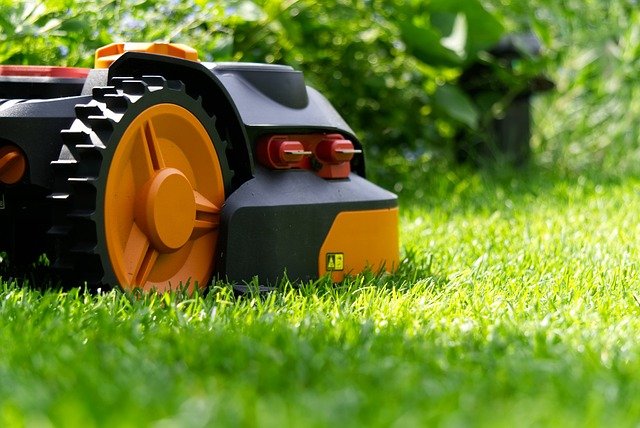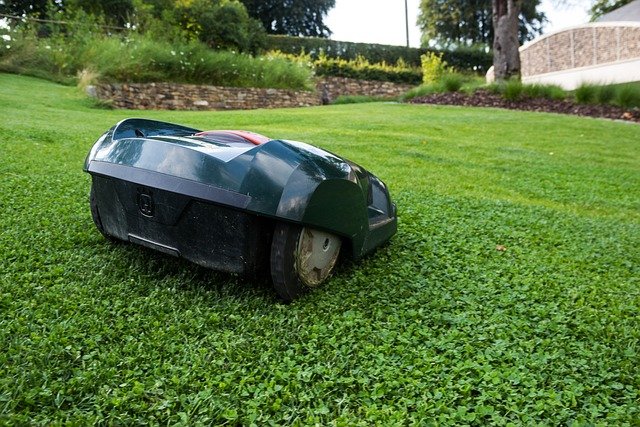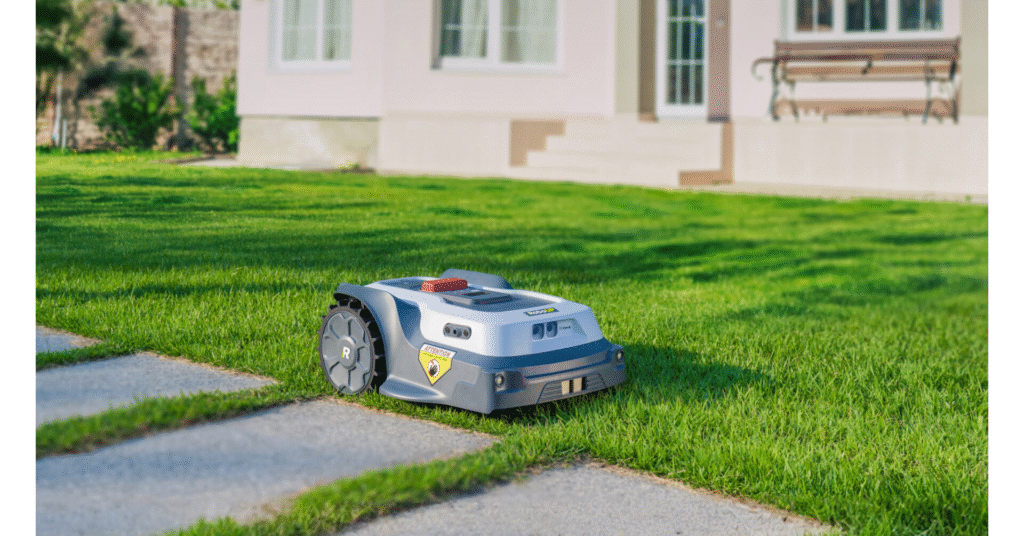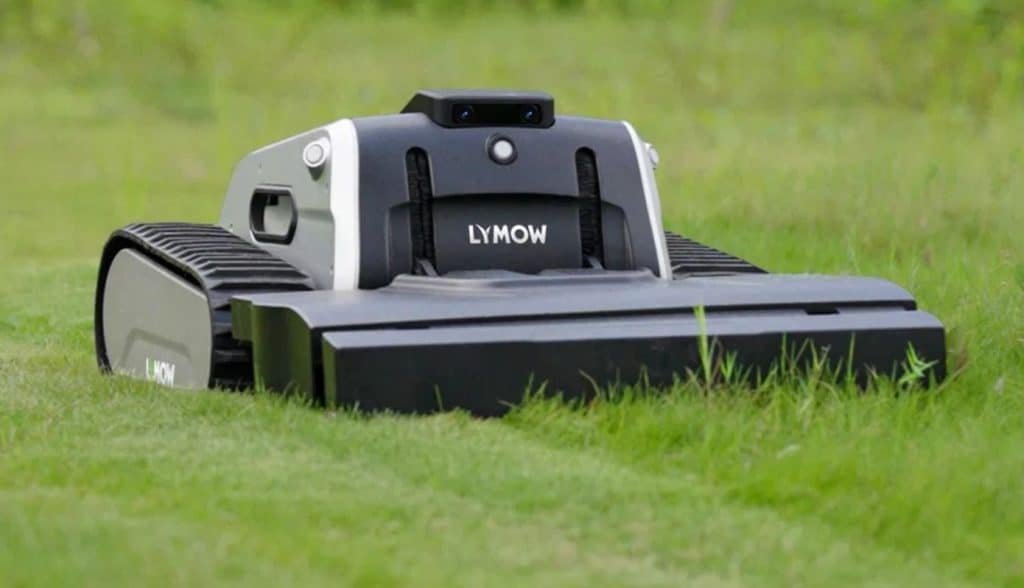Maintaining a well-manicured lawn is a priority for many homeowners and garden enthusiasts. Traditionally, the task of mowing the lawn falls on the homeowner, requiring time and physical labor. However, with advancements in technology, robotic lawn mowers have emerged as a popular alternative. These autonomous machines offer convenience and efficiency, but they also come with their own set of drawbacks. In this review, we will explore the pros and cons of robotic lawn mowers to help you make an informed decision about whether they are the right choice for your lawn care needs.
Pros of Robotic Lawn Mowers
1. Effortless Lawn Maintenance
The most significant advantage of robotic lawn mowers is the minimal effort required on the part of the homeowner. Unlike traditional mowers that demand physical exertion and time commitment, robotic mowers operate autonomously. After the initial setup – usually about a 1-2 hour effort with modern wireless robots, there’s not much to do. Once you’ve defined the mowing area and mowing schedule, the mower leaves it’s charging dock and goes to work. It returns when it needs to recharge. Really the only work for you to do at all is change the blades every couple of months. And even this is a simple job requiring just a few minutes. This hands-off approach to lawn maintenance allows homeowners to save valuable time and energy, freeing them up to focus on other tasks or leisure activities.
2. Ongoing Cost Savings
Robotic mowers offer cost savings in multiple ways. Firstly, their operating costs are significantly lower than traditional gasoline-powered mowers. Robotic mowers run on rechargeable batteries, completely eliminating the need for gasoline consumption. This not only reduces the environmental impact but also saves money on fuel expenses. Additionally, robotic mowers require less maintenance than their traditional counterparts, resulting in fewer repair and maintenance costs over time. You never need to change the oil and air filter or sharpen blades.
3. Noise Reduction
Traditional lawn mowers can be noisy, causing disturbances to both homeowners and their neighbors. In contrast, robotic mowers operate quietly, with noise levels as low as 60 to 70 decibels. This quiet operation allows homeowners to mow their lawns at any time without worrying about disturbing the peace. It also benefits those living in close proximity to neighbors or in noise-sensitive areas such as retirement communities.
4. Enhanced Lawn Health
Regular mowing is crucial for maintaining a healthy lawn, and robotic mowers excel in this aspect. By frequently mowing the grass, these machines help keep weeds at bay, as many weeds struggle to grow or spread in well-maintained lawns. Additionally, robotic mowers deposit lawn clippings back onto the grass, acting as a natural compost. This process improves soil health and grass quality, reducing the need for additional lawn feed or fertilizers.
5. Safety Features
Robotic mowers are equipped with advanced safety features, ensuring a safe mowing experience. These machines come with numerous safety features, including ones that detect obstacles and ones that know if the machine is lifted. If the sensors are triggered the mower blades are stopped immediately. This feature prevents accidents and injuries, particularly in households with children or pets. Additionally, robotic mowers have smaller blades compared to traditional mowers, further reducing the risk of serious injuries.

Cons of Robotic Lawn Mowers
1. Higher Initial Cost
The only real disadvantage with robot mowers is their high initial expense. Yes robotic mowers can be a significant investment. But even this is changing quickly. There are lower-priced models starting around $800. Average level robot mowers for medium sized yards are around $2000. This higher initial cost may deter budget-conscious homeowners, especially those with extensive lawn areas. In such cases, a traditional mower or a ride-on mower may be a more cost-effective option. However, it’s important to consider the long-term savings in operating costs and maintenance that robotic mowers offer.
2. Edge Trimming Required
The other drawback of robot mowers is edge trimming. While robotic mowers excel at cutting large sections of the lawn, they may struggle with trimming the edges. Due to the placement of their blades, robotic mowers leave a strip of uncut grass along the edges, requiring homeowners to manually trim those areas. If you desire a completely hands-off approach to lawn maintenance, this additional step may be an inconvenience. However, it’s important to note that some robotic mowers come with attachments or additional features that address this issue. And even if you do still need to manually trim your lawn, at least the vast majority of yard work has been done for you be the mower. Also, you can reduce the need to trim at all with landscaping designed with a robot mower in mind.
Conclusion
In conclusion, robotic lawn mowers offer numerous benefits, including effortless lawn maintenance, cost savings, noise reduction, enhanced lawn health, and advanced safety features. However, they also have limitations, such as higher initial cost and the need for edge trimming. When considering whether to invest in a robotic mower, it’s crucial to weigh these pros and cons against your specific lawn care needs, budget, and aesthetic preferences. By making an informed decision, you can determine whether a robotic lawn mower is the right choice for you and enjoy a well-maintained and beautiful lawn with minimal effort.
Remember, before purchasing a robotic mower or any lawn equipment, it is advisable to consult with a reputable supplier or dealer who can provide guidance tailored to your specific needs and lawn size. With proper research and consideration, you can make a well-informed decision that aligns with your lawn care goals and budget. It also helps to read reviews of the latest robot mowers on the market.
Additional Information: It’s worth noting that technological advancements in the field of robotic mowers are constantly evolving. As manufacturers continue to innovate and address the limitations mentioned, future models may overcome some of the drawbacks associated with current robotic mower technology. Keeping an eye on the market and staying informed about new developments can help you make the best decision for your lawn care needs.












